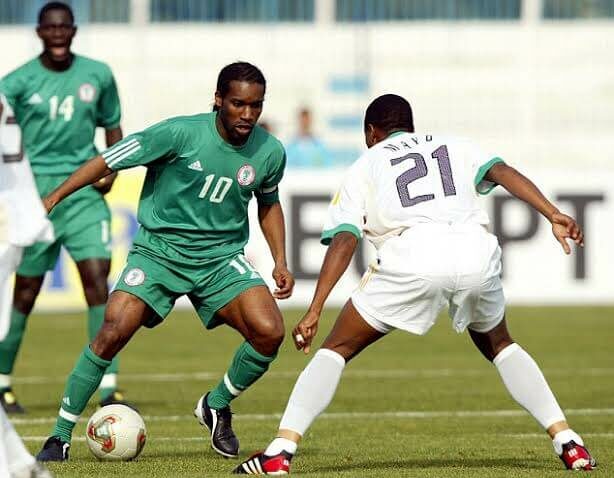Skill | Performance Related Components of Physical Fitness
Topic Content:
- Skill | Performance Related Components of Physical Fitness
What are Performance Related Components of Physical Fitness?
Performance-related components are the same as skill-related components because it is about the skills possessed by an athlete that enhance his performance or that enable him to perform well in any given task.
Performance Related Components Are:
a. Speed:
Speed is the ability to cover a distance in a short period of time.
Speed can be measured by:
- timing a 30-meter Sprint
- timing a 40-yard dash, etc.
b. Agility:
Agility is the ability to stop, start, and end, and change direction quickly.
Agility can be improved by doing specific footwork drills on an agility ladder, staggered tire formation or any other type of obstacle course that requires the individual to adjust body position, speed and direction. An example of agility is seen when a soccer player dribbles the ball around.
Agility tests include timing individuals running through a series of staggered cones or obstacles for a predetermined distance.

c. Coordination:
You are viewing an excerpt of this Topic. Subscribe Now to get Full Access to ALL this Subject's Topics and Quizzes for this Term!
Click on the button "Subscribe Now" below for Full Access!
Subscribe Now
Note: If you have Already Subscribed and you are seeing this message, it means you are logged out. Please Log In using the Login Button Below to Carry on Studying!



I do appreciate your efforts!
You’re the best!
Do not relent please!